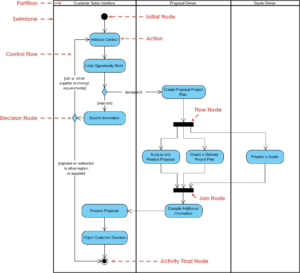Author: curtis
Understanding UML Classes: A Comprehensive Guide
In the realm of software engineering and object-oriented design, the Unified Modeling Language (UML) serves as a standardized way to visualize the design of a system. One of the fundamental building blocks in UML is the concept of a class.
UML Class Diagram Comprehensive Notation Guide
Introduction
UML (Unified Modeling Language) class diagrams are essential tools in software engineering for visualizing the static structure of a system. They illustrate the system’s classes, attributes, methods, and the relationships between these elements. This guide provides a comprehensive overview
Mastering Sequence Diagrams: A Comprehensive Guide to Basic Notation and Best Practices

Introduction
A Sequence Diagram is a type of Unified Modeling Language (UML) diagram that illustrates how objects interact in a particular scenario of a use case. It captures the sequence of messages exchanged between objects over time, providing …
UML Use Case Diagrams: Techniques for Refining Use Cases and Improving System Design
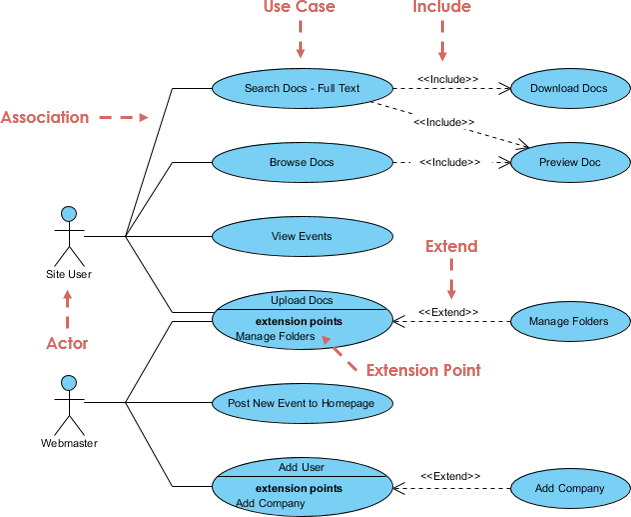
Introduction
A Use Case Diagram is a type of Unified Modeling Language (UML) diagram that provides a graphical representation of the interactions between users (actors) and a system. It helps in identifying the system’s functional requirements by illustrating …
Comprehensive Guide to UML Use Case Diagrams and Refining Use Cases

Introduction
A Use Case Diagram is a type of Unified Modeling Language (UML) diagram that provides a graphical representation of the interactions between users (actors) and a system. It helps in identifying the system’s functional requirements by illustrating the different …
Comprehensive Tutorial for UML Interaction Overview Diagram
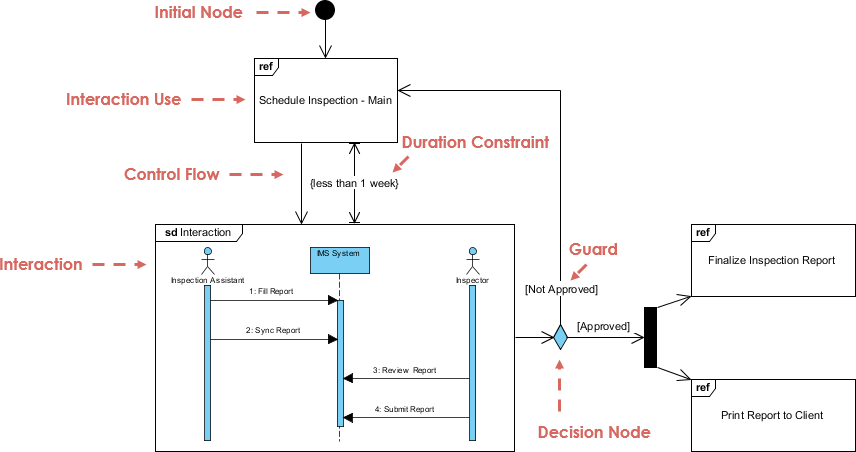
Introduction
An Interaction Overview Diagram (IOD) in UML (Unified Modeling Language) provides a high-level view of the interactions within a system. It combines elements from Activity Diagrams and Sequence Diagrams to show the control flow and interactions between …
Comprehensive Guide to Package Diagrams in UML

Introduction
In the realm of software development, managing complexity is a critical challenge. As systems grow larger and more intricate, it becomes essential to organize and structure the system’s components effectively. UML (Unified Modeling Language) provides a powerful …
Using Packages to Organize Large Systems in UML
As systems grow in complexity, managing the multitude of use cases and actors becomes increasingly challenging. UML (Unified Modeling Language) provides a powerful tool called “packages” to help organize and manage large systems effectively. Packages allow …
Understanding Sequence Diagrams: A Comprehensive Overview
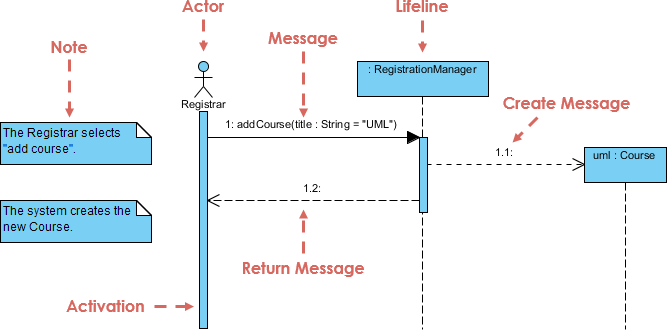
Sequence diagrams, commonly known as event diagrams, are powerful tools in the realm of system modeling. They visually represent the flow of messages between various components in a system, capturing scenarios that unfold dynamically during runtime. This article delves …
Learning UML Class Diagrams by Example: Miles Card System
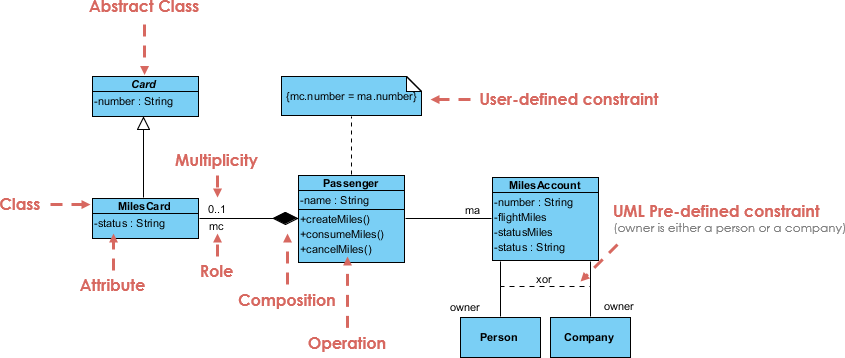
UML (Unified Modeling Language) class diagrams are a type of static structure diagram that illustrates the structure of a system by showing its classes, attributes, operations, and the relationships between objects. Class diagrams are essential for understanding the blueprint of …
